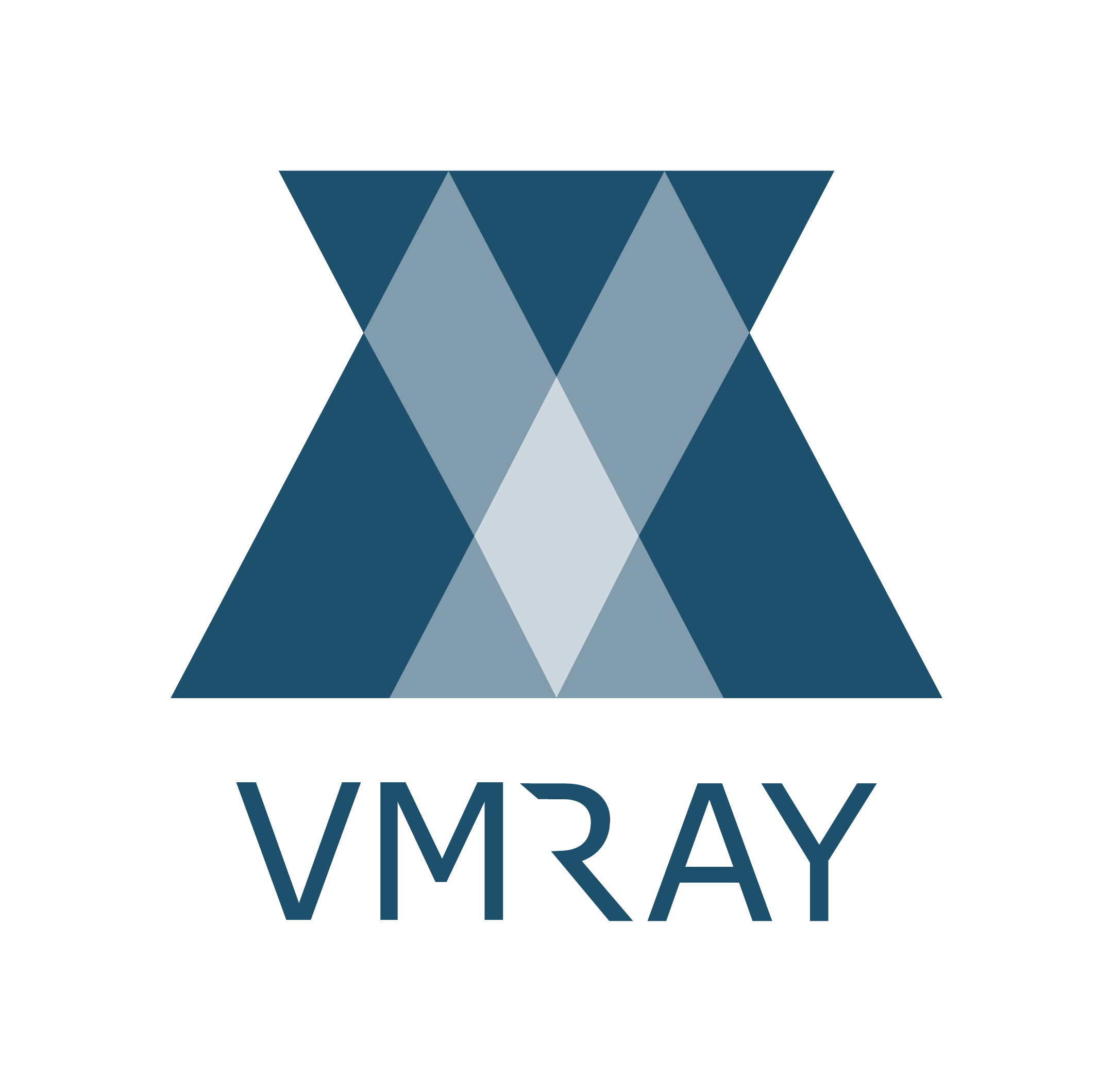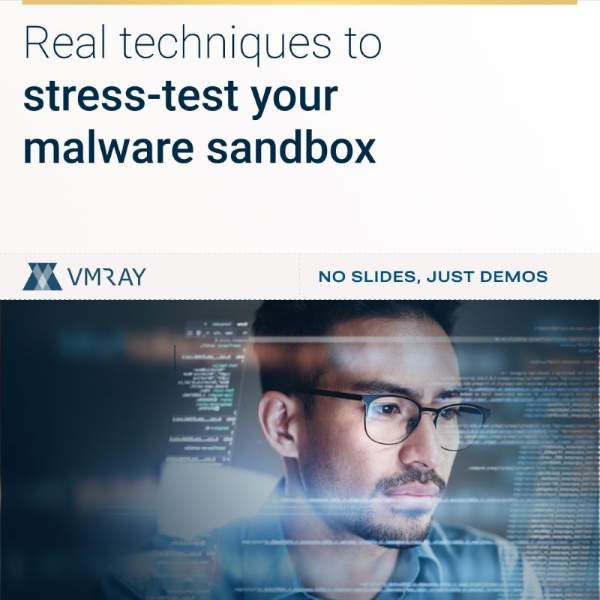Chapter 1: Navigating the Complexities of Cloud: A Comparison Between On-Premises and Cloud
In the realm of cybersecurity, on-premises environments have long been the arena of familiarity. A stronghold of control, where standardized infrastructure, uniform toolsets, and established protocols have created a predictable landscape. Here, challenges, although complex, operate within well-defined boundaries. But as the technological horizon expands, the cloud emerges as a paradigm-shifting metropolis, replete with dynamic challenges that demand new perspectives and approaches.
The On-Premises Stronghold
Traditional security professionals have often found solace within the confines of on-premises environments. These territories offer a sense of mastery, where the rules are known and the systems can be tightly controlled. The infrastructure follows a familiar blueprint, and security measures can be systematically implemented.
The challenges posed by on-premises security, while intricate, are navigable because they inhabit a defined domain.
The Cloud: An Expansive Metropolis of Change
Enter the cloud—a transformative landscape where agility and scalability reign supreme. It’s akin to an ever-expanding city, continuously evolving with a myriad of microservices, serverless functions, and a diverse array of cloud-native tools. Within this dynamic realm, Linux stands as a towering presence.
Gone are the days when Linux was synonymous with safety; today, it’s a linchpin of cloud infrastructure, offering both potential and peril.

Linux: A Cloud Foundation and a Target
Linux, once considered a sanctuary from malware, has transcended its role as a mere operating system. It has become an indispensable foundation upon which cloud operations are built. However, this newfound significance hasn’t gone unnoticed by threat actors. The rise of cryptocurrencies like Bitcoin has fueled their motivation to exploit Linux for illicit crypto mining.
In the fluid landscape of the cloud, attackers often seek the path of least resistance. Linux, with its advantages, becomes a preferred target. With inadequate coverage by Endpoint Detection and Response (EDR) systems and comparatively lower antivirus detection rates, Linux vulnerabilities can go unnoticed, allowing attackers to infiltrate undetected.
Furthermore, the expansive ecosystem of Linux applications, combined with its prevalence in open-source projects, makes unpatched vulnerabilities or forgotten Linux servers attractive entry points for malicious actors. The dynamic nature of cloud-native environments makes tracking and securing these entry points an ongoing challenge.
Embracing the Cloud Security Mindset
As we venture into this new era, security professionals must confront the realities of the cloud’s complexity. The transition from on-premises strongholds to cloud metropolises necessitates a shift in perspective. Cloud security isn’t just about adapting to change; it’s about embracing it. The Linux landscape, which was once considered a bastion of security, now demands vigilant monitoring, adaptive strategies, and a proactive approach to threat hunting.
In the following chapters, we will delve deeper into the intricacies of Linux threats in the cloud environment. We’ll explore how VMRay’s cutting-edge technology empowers security teams to analyze Linux ELF executables, enabling them to navigate the challenges presented by Linux threats and safeguard their cloud operations effectively.


